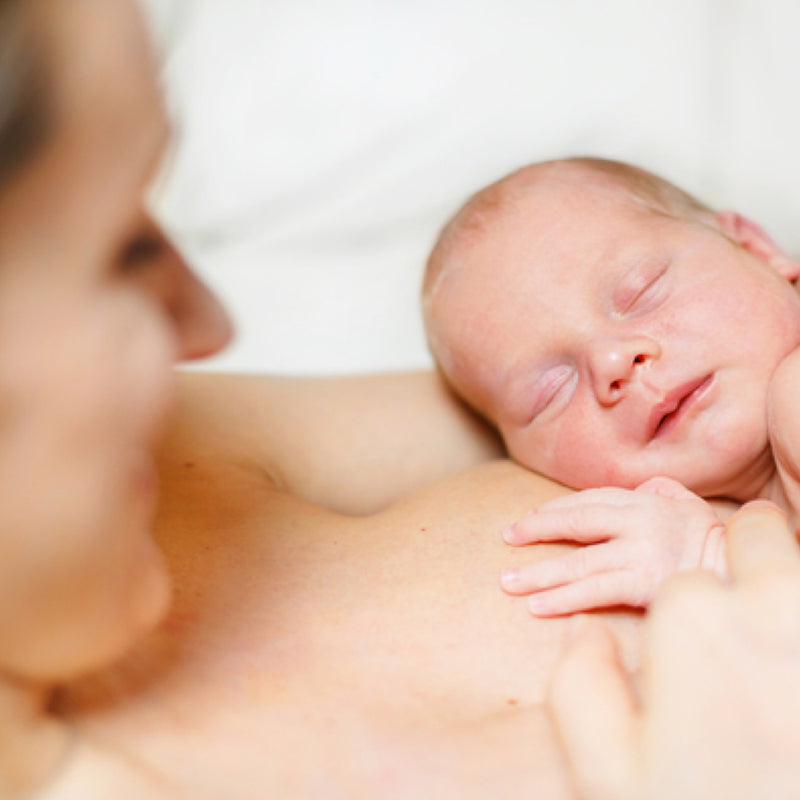Key Points
- Tooth decay is prevalent among children, with around 50% having at least one cavity by age 5, but preventive measures can significantly reduce this
- Recognize teething symptoms and alleviate discomfort through gentle gum massage, teething rings, cuddling, and proper feeding
- Encourage proper brushing techniques, regular dental visits, healthy eating habits, and discourage habits like thumb sucking and bottle feeding to ensure optimal dental health
We’ve always known that baby teeth are important. But now we understand even more about what we need to do to protect our children’s teeth. And why it’s essential that we do.
Tooth decay is the most common chronic childhood disease. In Australia - around 50% of children will have at least one hole in their teeth by the age of 5 years. But this can be largely prevented by following just a few simple steps.
How Many Teeth are we Talking About?
Throughout our entire lifetime we only get two sets of teeth. Twenty primary (deciduous) teeth and 32 secondary (adult) teeth. From around 20 years of age we have all the teeth we are going to get so we need to look after them.
Babies’ teeth form in their jawbone before they are born and just wait to start erupting at around six months. Each baby will teeth at a different time but generally by around three years of age, they have their full set of 20 primary teeth.
The first teeth you’re likely to see in your baby are the front bottom ones. And the first you may know of this is when they bite you when they’re breastfeeding.
Symptoms of Teething
- Drooling/dribbling.
- Red cheeks.
- A rash around their chin and cheeks.
- Being sooky and feeling miserable.
- Wanting to suck and bite on anything in close range.
- Changes in appetite. Being fussy and not wanting to feed.
- Changes in sleep.
- Putting fingers and hands in their mouth.
- Some babies have runny poos and an ammonia smell to their wee.
- And some babies don’t have any symptoms at all.
Easing Teething Unhappiness
- With clean hands, gently rub your baby’s gums with your thumb or forefinger.
- Offer your baby a teething ring.
- Cuddle your baby often.
- Offer your little one extra feeds if they want them.
- Teething rusks can help. They give something firm to chew on. Just make sure you supervise your baby while they are munching on a rusk.
- Check your local pharmacy to see what products they recommend. Teething gels can be soothing.
How do Teeth Decay?
Tooth decay is actually quite a complex process. When a hole forms there is a breakdown in the enamel of the tooth. Enamel is the hard outer coating. Acid is what causes a tooth to decay.
Food + Bacteria = Acid
We all have different kinds of bacteria in our mouth but if the conditions are right, there is a huge increase in the numbers and type which cause decay. When a mother has decayed teeth she can pass on bacteria to her baby. This happens when blowing on food to cool it, “tasting” food from a spoon before giving it to her baby and kissing on the mouth.
Even during pregnancy, mothers need to be careful about their own oral hygiene and go to their dentist.
Interestingly, children who have a lot of middle ear and chest infections in their first two years of life are at more risk of tooth decay. And kids from lower socioeconomic areas are more likely to develop tooth decay.
How to look after your Baby’s Teeth
- Make sure your baby is eating a healthy diet. Processed foods which are high in sugar lead to tooth decay.
- Rub a soft cloth or washer over your baby’s teeth during their bath time.
- Avoid giving your baby anything to drink other than breast milk, formula or water.
- Brush your baby’s teeth at least once a day with a soft bristled toothbrush.
- Just use water on your child’s toothbrush until they’re around 18 months of age.
- After 18 months start using a children’s fluoridated toothpaste. A small, pea sized amount smeared on the toothbrush is plenty.
- Take your little one to the dentist around six months after their first tooth erupts or by their first birthday.
- Take your baby to the dentist with you when you have your twice a year checkups. Role modelling is an important lesson in tooth care.
How to look after your Child’s Teeth
- Let your child have a go at brushing their own teeth but follow this up by doing it yourself as well. Children don’t have the manual dexterity to do a good job until they’re around 8 years of age.
- Brush your child’s teeth twice a day.
- Use a small headed, soft toothbrush. Speak with your dentist to see if they recommend an electric toothbrush.
- Use a timer to encourage a two minute brushing time.
- Use children’s toothpaste until around 6 years of age. From then they can use adult fluoridated toothpaste.
- Encourage your child to spit out excess toothpaste. Drinking fluoridated water and swallowing fluoridated toothpaste can increase the risk of developing fluorosis – discoloured patches on the tooth’s enamel.
- Be extra careful about thorough tooth brushing at night. Saliva flow slows overnight and this is when most decay happens.
- Start flossing your child’s teeth when they’re about 2 years of age. Once two teeth are close together food can become caught in the spaces. Try using a “flosette” if flossing is a challenge. These are available from pharmacies.
- Discourage snacking between meals. Acid levels peak after eating and lead to decay.
- Don’t buy juice, cordial or soft drink. All have high concentrations of sugar.
- Encourage your child to eat cheese. This is protective and helps to support healthy enamel.
- Look at your child’s teeth regularly. White, discoloured or grey patches can be signs of early decay.
- If your child complains of a toothache, take them to your dentist. Toothache in children is almost always a sign of decay.
Dummies, Thumb and Finger Sucking
Most babies love to suck. Dummies are often used to soothe and settle a fractious baby. As long as they aren’t dipped into honey or other sweet foods, there is no risk of decay from a dummy.
Thumb and/or finger sucking can cause teeth to move out of their correct alignment.
Discourage thumb/finger sucking by the time your child’s permanent teeth erupt at around six years of age. Speak with your dentist about strategies.
What Not to Do
- Share your own toothbrush with your child. Every person in the family needs their own.
- Give your baby or child an amber bead necklace. There is no scientific evidence to support the claims that they help to soothe teething discomfort. And they can be dangerous.
- Suck on your baby’s bottle or dummy yourself before giving it to them.
- Avoid going to the dentist yourself.
- Avoid brushing your child’s teeth because they protest. Most kids hate having their teeth brushed. But it’s so important that it’s always worth continuing.
- Put your baby to bed with a bottle. Once your baby turns one try to stop all bottles. Encourage them to drink only from a cup or continue breastfeeding.
Remember these Top Ten Teeth Tips
- Baby teeth set the pattern for how the adult teeth emerge.
- Baby teeth are more prone to decay than adult teeth.
- Babies develop tooth decay (most commonly) from their mother.
- Foods and drinks which are high in sugar can lead to tooth decay.
- Bottle feeding beyond 12 months can lead to tooth decay. Encourage your child to drink all fluids from a cup.
- Brushing teeth makes a huge difference in reducing the risk of decay.
- Sucking from a sipper or straw cup can lead to decay. They interrupt saliva flow from the front of the mouth.
- Encourage your baby/child to eat a healthy diet.
- Take your child to the dentist regularly. Early tooth decay can be corrected.
- Encourage your child to drink fluoridated water and to use fluoridated toothpaste.
For More Information:
About the Author:
Jane Barry has qualifications in general, paediatric, immunisation, midwifery and child health nursing. She holds a Bachelor Degree in Applied Science (Nursing) and has almost 30 years specialist experience in child health nursing. She is a member of a number of professionally affiliated organisations including AHPRA, The Australasian Medical Writer’s Association, Health Writer Hub and Australian College of Children and Young People’s Nurses.
Our Products
-
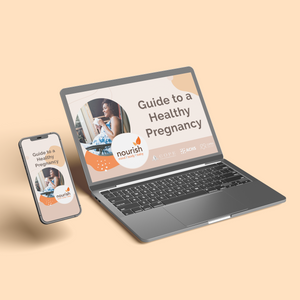
01. Guide to a Healthy Pregnancy
$55 -
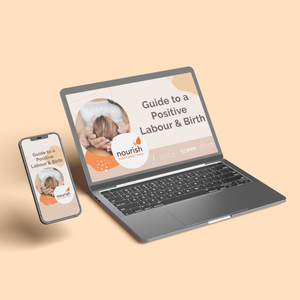
02. Positive Birthing Course
$55 -
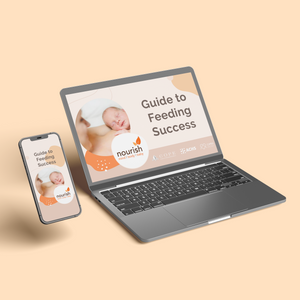
03. Infant Feeding Guide
$55 -
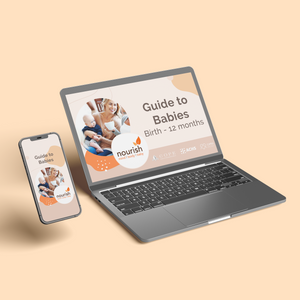
04. Baby Sleep Guide - First 12 Months
$55 -
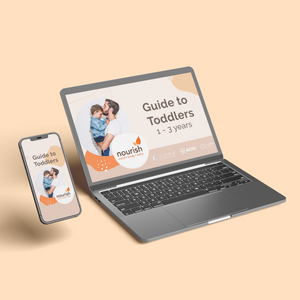
05. Toddler Parenting Course 1 - 3 Years
$55
-
 When to Start Antenatal Classes?
When to Start Antenatal Classes?
Becoming a parent is an incredible milestone, but it comes with a host of changes that can be daunting, especially for first time parents. Antenatal classes are all about offering expectant parents the education they need to make informed decisions, look after their bodies and care for their newborn babies. While you probably already have a long list of things you need to accomplish during your pregnancy, it’s a good idea to make time to attend antenatal classes.
-
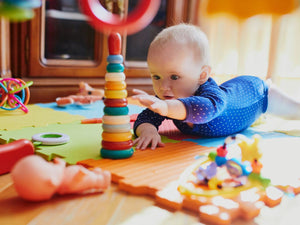 Development Milestones 4-8 Months
Development Milestones 4-8 Months
As they reach the middle of their first year, you'll start to see bigger leaps in their growth and ability!
In this article, we’re going to discuss your baby’s developmental milestones between 4-8 months, and what you can expect along the way.





 When to Start Antenatal Classes?
When to Start Antenatal Classes?
 Development Milestones 4-8 Months
Development Milestones 4-8 Months



